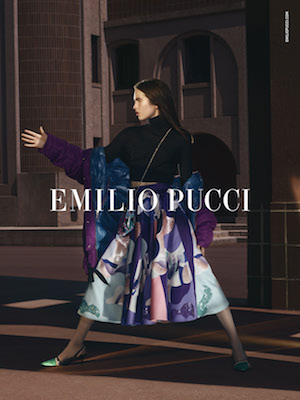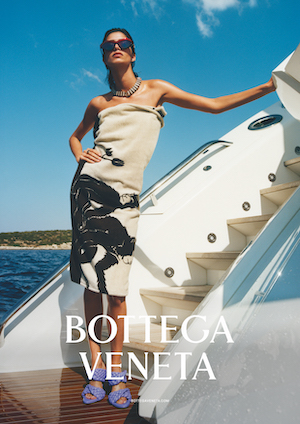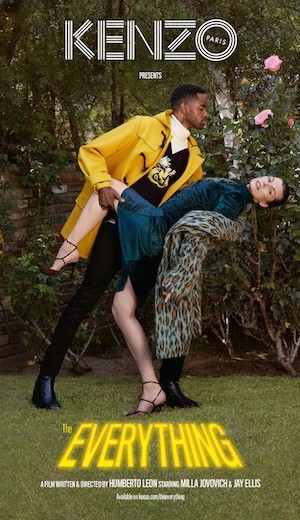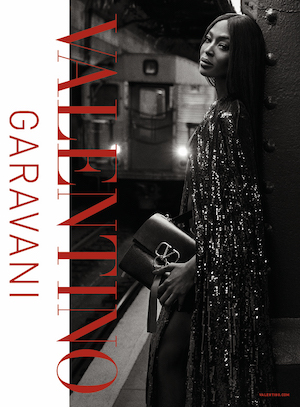Art & Culture
The Many Colors Of The Rio Carnival
February 23, 2020
Slender, tanned women, sparsely dressed in colorful string-bikinis and feathered headdresses, sway sensually to the batucada beat pounded out by men on tambourines and drums. This is the heartbeat of the world’s biggest carnival, which takes place every February in Rio, Brazil.
Carnival in Rio – it’s one of the wildest events on earth. Thousands of Brazilians gather each year to celebrate it, dancing, singing, laughing and drinking. It’s an entire week of non-stop dancing – on the sambadrome, where lavishly decorated floats ferry dancers through the crowd, or along the famous Copacabana beachside strip… anywhere there’s music, in fact. The days are marked by an exuberant joy, scant clothing, an abandonment of the normal moral codes, and partying with passion, until exhaustion overtakes the crowd.
Rio may be universally identified with Carnival, but the party takes place in other Brazilian cities, too. In Salvador da Bahia, for example, you’ll find a different kind of Carnival. The music isn’t samba, and the rhythm isn’t batucada. Carnival here is all about Afro-Brazilian culture and traditions, embodied in the samba-reggae played by percussion groups.
Whereas the Rio Carnival was originally an event for the European upper classes, in Salvador da Bahia, it was a spontaneous expression of joy by black slaves who for one week of the year were able to forget the depressing reality of their lives.
Slavery was abolished long ago in Brazil, but the tradition has survived. Carnival in Salvador da Bahia is much earthier than its Rio counterpart. Gone are the outlandish costumes, in preference for simple outfits, usually in the traditional Jamaican colors – red, green and yellow. The percussion is heavier, deeper, darker and slower than Rio’s samba rhythms. The dances are very physical and sensual, with enormous sex appeal, but without vulgarity.
Black icons such as Bob Marley, Nelson Mandela and Martin Luther King are popular, lending a deep sense of pride to the event. And the songs talk about poor fishermen, violent youths and unjust slave owners, but also about love, romance and the abundant joy of life.
A celebration of the senses
Every sense comes alive at Carnival in Bahia. You’re immersed in a sea of color, and the ground shakes beneath the feet of hundreds of dancers. The vibrations of the drums penetrate your body and in the narrow streets, you find yourself pressed against the dancing crowd, surrounded by the scent of coconut oil.
If this all seems a little overwhelming, you’ll find a more relaxed version Carnival in Recife, a city in the northern reaches of Brazil. The climate is even more tropical there, which may be why the pace of Recife’s Carnival is slower. The celebrations take place all around the old city, with its Portuguese colonial-style architecture. The walls of the ancient houses reflect the sound of the drums, and percussion groups move up and down the crowded, narrow streets.
The preferred music is forró – a light, folkloric dance, accompanied by accordion, which is popular with the villagers and farmers of this particular region, and the costumes are reminiscent of the era of Brazil’s Portuguese colonial rulers. Carnival in Recife doesn’t have the craziness of Rio, nor the exhaustion of Bahia.
Carnival in Brazil is about erotic flirtation, music and dance. It’s simply about the joy of life – and in Brazil, you can find that in abundance.









































